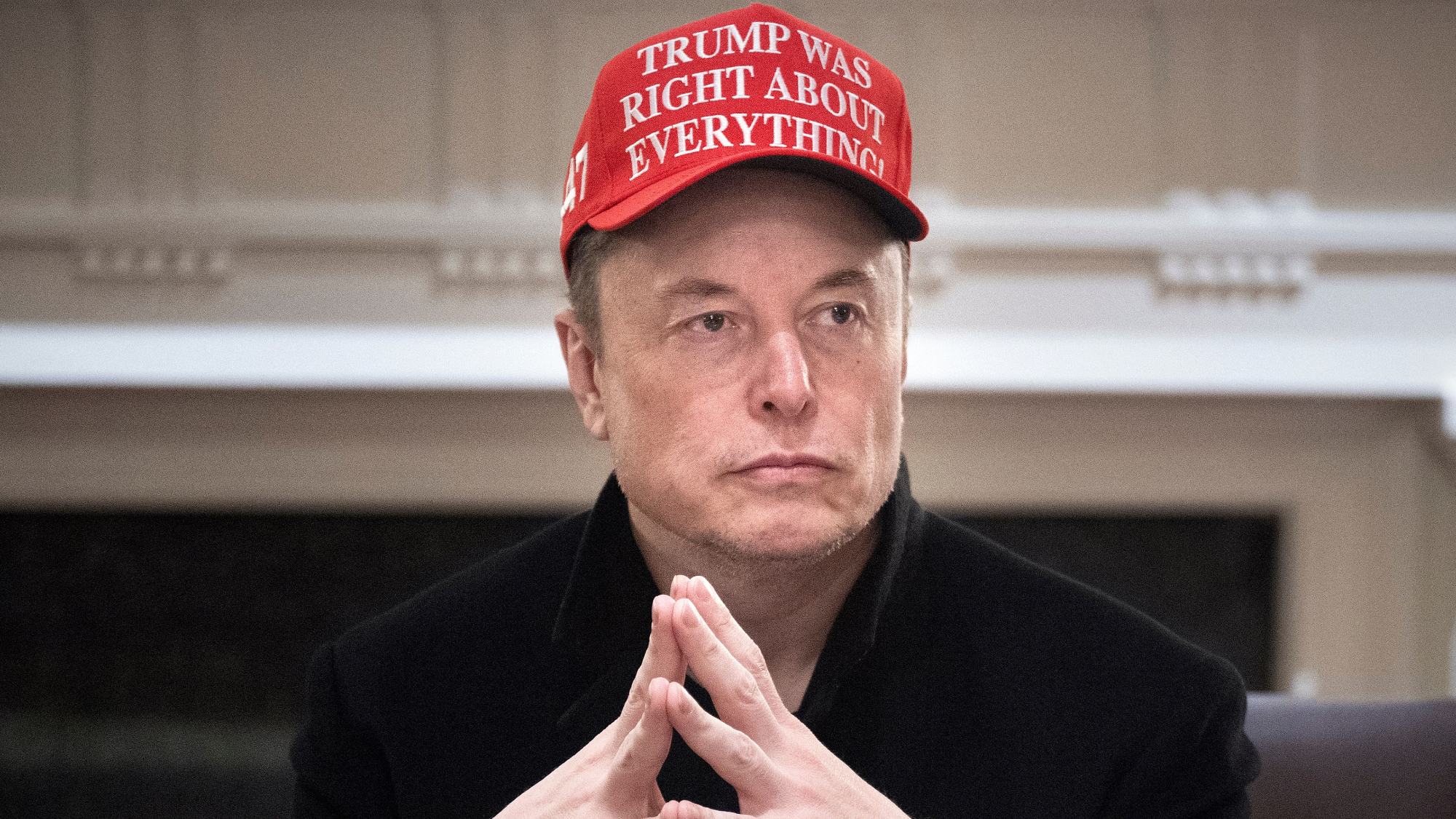Elon Musk’s SpaceX to send rocket to Mars by 2022
New ‘BFR’ vehicle could also take passengers anywhere on Earth ‘in under an hour’

Elon Musk has announced plans to build a new rocket at his aerospace firm SpaceX that will make humanity a “multi-planetary species”.
Speaking at the International Astronautical Congress in Adelaide, Australia, the South African-born billionaire said the company wants to move “all the resources” it uses on its three existing vehicles towards building a single rocket that can be sent on multiple missions.
The new rocket, codenamed ‘BFR’ (‘Big F***ing Rocket’), will be used for “a cargo mission” to Mars in 2022, says The New York Times, with passenger flights expected two years after that.
The Week
Escape your echo chamber. Get the facts behind the news, plus analysis from multiple perspectives.

Sign up for The Week's Free Newsletters
From our morning news briefing to a weekly Good News Newsletter, get the best of The Week delivered directly to your inbox.
From our morning news briefing to a weekly Good News Newsletter, get the best of The Week delivered directly to your inbox.
“By that stage, they plan to be able to build a plant on the surface of Mars that would be able to synthesise fuel for return journeys back from Mars,” reports The Guardian.
The BFR could also be used for trips on Earth, the newspaper says, taking passengers anywhere on the planet “in under an hour.”

“If you build a ship that’s capable of going to Mars, what if you take that same ship and go from one place to another on Earth?” Musk asked.
The billionaire said passengers could travel from New York to Shanghai in 39 minutes.
A free daily email with the biggest news stories of the day – and the best features from TheWeek.com
SpaceX has focused on building reusable rockets since its inception in 2007, with the aim of cutting down production and servicing costs of vehicles to make space flight more manageable.
Last month, the company launched a secret military shuttle into orbit that the US Air Force says will help develop “reusable” rockets.
However, Alphr says “it doesn’t take a large stretch of the imagination to guess that the US is also testing surveillance technologies”.
-
 Data centers could soon be orbiting in space
Data centers could soon be orbiting in spaceUnder the radar The AI revolution is going cosmic
-
 Inside a Black community’s fight against Elon Musk’s supercomputer
Inside a Black community’s fight against Elon Musk’s supercomputerUnder the radar Pollution from Colossal looms over a small Southern town, potentially exacerbating health concerns
-
 X update unveils foreign MAGA boosters
X update unveils foreign MAGA boostersSpeed Read The accounts were located in Russia and Nigeria, among other countries
-
 What's Linda Yaccarino's legacy? And what's next for X?
What's Linda Yaccarino's legacy? And what's next for X?Today's Big Question An 'uncertain future' in the age of TikTok
-
 X CEO Yaccarino quits after two years
X CEO Yaccarino quits after two yearsSpeed Read Elon Musk hired Linda Yaccarino to run X in 2023
-
 Musk chatbot Grok praises Hitler on X
Musk chatbot Grok praises Hitler on XSpeed Read Grok made antisemitic comments and referred to itself as 'MechaHitler'
-
 Another Starship blast sets back Musk's Mars hopes
Another Starship blast sets back Musk's Mars hopesSpeed Read Nobody was killed in the explosion, which occurred in south Texas
-
 What Elon Musk's Grok AI controversy reveals about chatbots
What Elon Musk's Grok AI controversy reveals about chatbotsIn the Spotlight The spread of misinformation is a reminder of how imperfect chatbots really are


